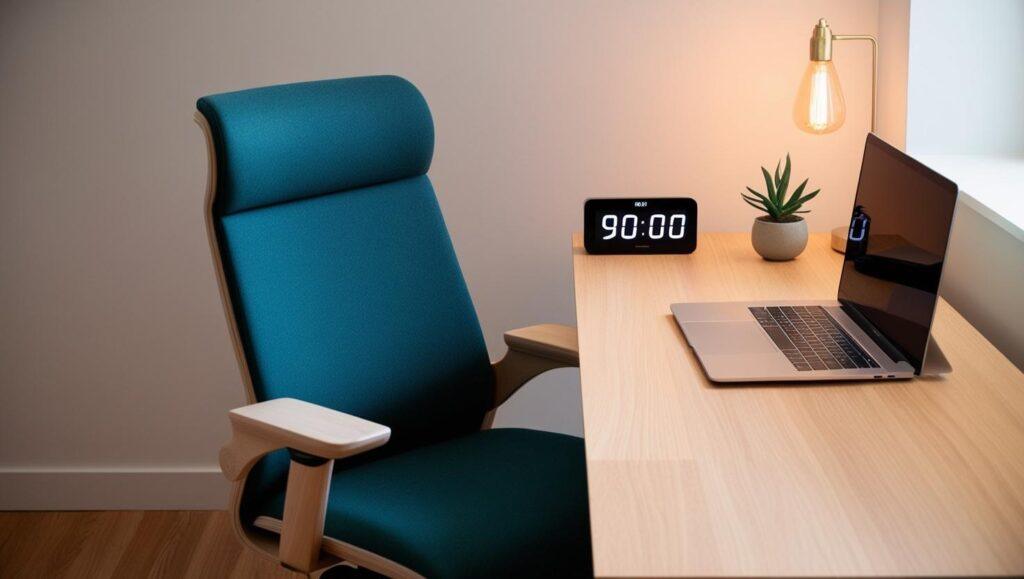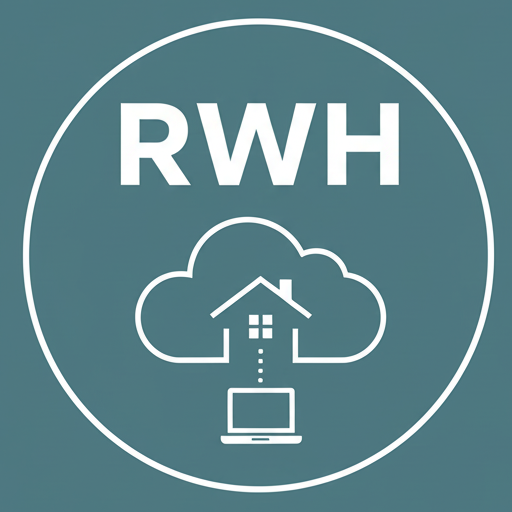🔹 Introduction
Remote work gives you freedom—but it also comes with a hidden cost: digital fatigue.
The constant cycle of notifications, screen time, and virtual meetings is killing focus faster than ever. But before you assume the solution is just “taking breaks,” there’s more to it.
👉 Most remote workers don’t actually need more rest—what they need is smarter work. (Read: The Ultimate Guide to Thriving While Working from Home)
Let’s break down how to beat digital fatigue and keep your focus sharp in 2025.

1️⃣ The Rise of Digital Fatigue (And Why It’s Worse in 2025)
People talk about burnout, but digital fatigue is different.
Unlike traditional burnout, digital fatigue isn’t caused by overworking—it’s caused by mental overload. Your brain is constantly switching between Slack pings, email alerts, and Zoom calls with no real deep work in between.
🔹 Why it’s getting worse:
✔ AI and automation mean fewer “boring tasks”—but more constant engagement with digital tools.
✔ Back-to-back Zoom meetings are mentally draining even if they aren’t physically exhausting.
✔ Blurred work-life boundaries make it harder to “turn off.”
📌 The real problem? “Just take breaks” doesn’t solve digital fatigue if your workflow is still messy. You need to redesign how you work.
👉 This ties into an issue covered in Hybrid Work Model: How to Succeed in a Flexible Office Setup
2️⃣ The Hybrid Model: Why Full Remote Work Isn’t the Future
Companies are shifting toward hybrid models—part WFH, part in-office.
🔹 Why this trend is growing:
✔ Remote isolation kills engagement. Even introverts benefit from occasional face-to-face interaction.
✔ Collaboration works better in person. No digital tool beats real-life brainstorming.
✔ Balance, not just flexibility, is key. Full WFH sounds great—until you realize you haven’t left your desk in two days.
📌 But does this mean full remote work is dead?
Not exactly—but it does mean you need a structured approach to energy management.
👉 Healthy Forge explored this in The Power of Consistency in Achieving Wellness
3️⃣ AI Productivity Hacks: Automate the Work You Hate
The biggest remote work mistake? Thinking that being online = being productive.
AI tools can eliminate useless busywork so you can spend less time on screens and more time on high-value tasks.
🔹 How AI can help:
✔ ChatGPT + Notion AI → Auto-summarizes emails & meetings.
✔ Zapier + Google Sheets → Automates reports & data entry.
✔ Motion AI → Schedules your day without back-to-back meetings.
📌 Why this matters: Mental fatigue isn’t from too much work—it’s from too much switching between tasks.
👉 Engineered AI discusses this in AI and Gaming: How AI is Transforming Play, Work, and Productivity
4️⃣ The “90-20” Rule: Smarter Breaks That Actually Reset Your Brain
Forget Pomodoro timers—the 90-20 rule is the ultimate focus hack.
🔹 How it works:
✔ 90 minutes of deep work (turn off notifications, work distraction-free).
✔ 20-minute recharge (walk, stretch, nap—but NO screen time).
✔ Repeat throughout the day.
📌 Why it works: Your brain follows ultradian rhythms—push past 90 minutes, and your focus crashes.
👉 Momentum Path expands on this in The Science of Micro-Wins: How Small Victories Boost Productivity
🔹 Final Thoughts: Work Smarter, Not Harder
Remote work isn’t about working more—it’s about working better.
If you’re feeling drained, the problem isn’t work—it’s your workflow. Cut mental clutter, reduce digital noise, and focus on deep work.
🔥 What’s your biggest WFH struggle in 2025? Drop a comment!
